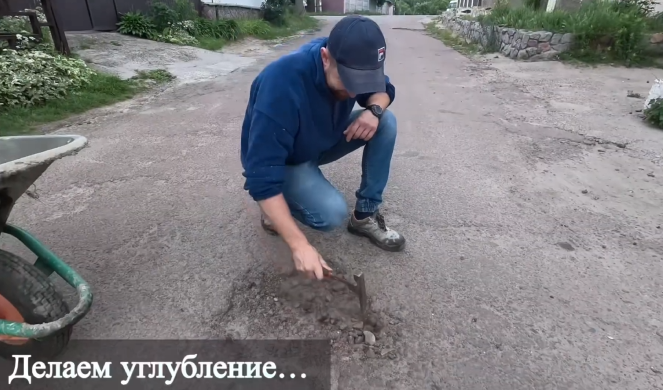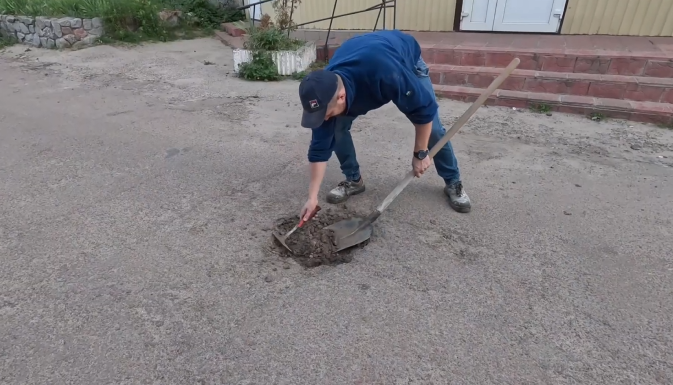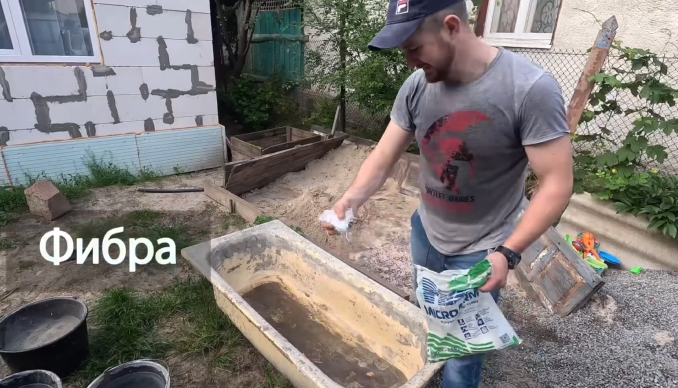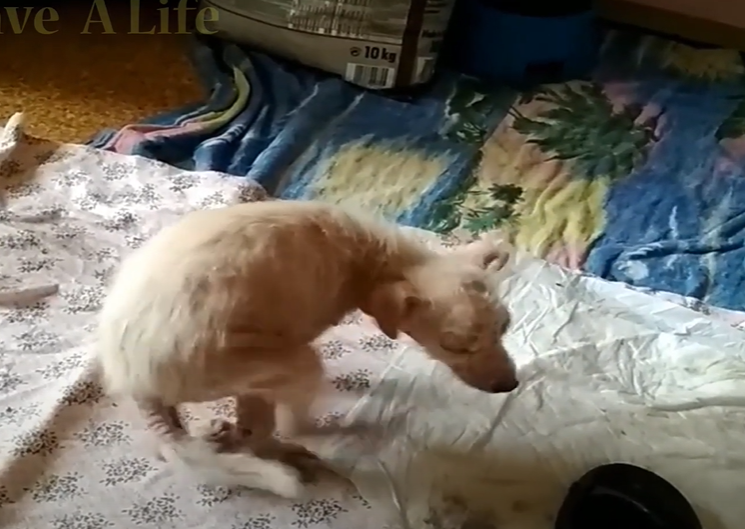
At the edge of a sleepy village nestled in a wide valley, there was a road—a cracked, worn stretch of asphalt that hadn’t been properly maintained for years. Rainwater pooled in the potholes. Dust flew in the dry season. Bicycles wobbled, motorbikes skidded, and children often tripped on their way to school. It was just a road, some might say. But to the people of Banphai Village, it was the artery that connected their lives: to markets, to school, to the hospital, and to each other.
Every year, the village council submitted requests to the district office for road repairs. Every year, they were promised that the project was on the list. And every year, nothing changed.
Until one Monday morning in March.
It began with Uncle Thom, a retired schoolteacher known more for his quiet ways than any bold gestures. That morning, he wheeled a rusty cart onto the road. Inside were three buckets of sand, a sack of gravel, a shovel, and an old broom. He was wearing his wide-brimmed hat and a determination no one had seen in him since his last year of teaching.
Children on their way to school paused to watch. One boy, curious, asked, “Uncle Thom, what are you doing?”
“Fixing what needs fixing,” he said simply, and began filling the largest pothole.
By noon, curious neighbors had gathered. Some offered to help. Others brought more materials—leftover cement, spare bricks, and old tools. By evening, six potholes had been patched, and a makeshift sign stood beside the road: “People’s Road Repair – Join Us Tomorrow.”
And they did.
On Tuesday, the mayor’s wife brought a big pot of noodles for the volunteers. On Wednesday, the high school principal closed early and sent the senior students to help. On Thursday, a young engineer passing through on his motorbike saw the commotion, pulled over, and offered technical advice. On Friday, a farmer arrived with a tractor to help flatten and press the repairs.
By the weekend, the entire village was buzzing—not just with activity, but with purpose.
Of course, not everyone was thrilled. Some grumbled. “It’s not our job,” one man said, arms crossed, watching from his porch. “That’s the government’s responsibility.”
But something had shifted. The people were tired of waiting. They were tired of being passive. This was their road. These were their children walking it. Their elders riding over it. Their livelihoods depending on it.

Old women brought cold tea and snacks. Young mothers took turns watching children so others could mix cement or dig ditches. Even the grumpy man on the porch eventually came down, grumbling still, but holding a hammer.
And as they worked, they talked—really talked. About their needs, their dreams for the village, the things they could do themselves if they stopped waiting for someone else to fix them.
By the second week, the road had not only been patched but widened in places. Ditches were cleared for proper drainage. Wildflowers were planted along the edges. Someone even painted cheerful yellow arrows on the road, pointing toward the village center with the words, “Home this way.”
A visiting journalist heard about the project and wrote a feature titled “The Village That Repaired Its Own Road.” The story went viral. Donations came in. Local officials, caught off guard, rushed to the village to offer praise—and quietly take credit.
But Uncle Thom wasn’t interested in speeches. When reporters asked why he started it all, he shrugged.

“I got tired of walking in the mud.”
Still, he was proud, in his quiet way. Not of the road—though it was better now than it had been in decades—but of what had grown around it. A sense of ownership. Of togetherness. Of power not given, but taken up by the people themselves.
One morning, a week after the last patch had dried, the children of Banphai gathered before school with colored chalk. They covered the road in bright drawings: suns and birds, bicycles and rice fields, smiling faces and waving hands. In one corner, a girl wrote:
“This road belongs to the people. The people made it strong.”

No one erased it.
Soon, other villages nearby began doing the same. Inspired, emboldened, they organized their own repair days. It wasn’t always easy. Not every village had tools. Some had disputes, old rivalries. But they had an example now. And it spread.
The phrase “People’s Road Repair” began to mean more than fixing roads. It became a shorthand for taking initiative, for community effort, for doing what needed to be done rather than waiting for someone else to do it.
Years later, that road at the edge of Banphai was still modest. Not smooth like a highway. Not marked on any tourist map. But it remained solid. Strong. It bore the marks of many hands, and the footprints of a thousand feet that had danced on it the day it was finished.
The village built a small wooden sign at the entrance of the road. Hand-carved, it read:
“Welcome to Banphai – Where the People Repair the Road.”
And underneath it, in smaller letters, a quote from Uncle Thom:
“Fixing what needs fixing—that’s where everything begins.”

